Bourgogne-Franche-Comté is a part of France region that lies on the hights east to The Mount French. Here are rich opportunities for tourism activities ranging from the refreshing visit to such beautiful villages and vineyards as well as adventure platforms like in Jura Mountains. Other notable tourist attractions in Stansted include historical sites, museums and cultural events for tourists all year round. There are many quaint villages in the Bourgogne-Franche-Comté, each having a distinct story to tell and history of its own style of architecture.
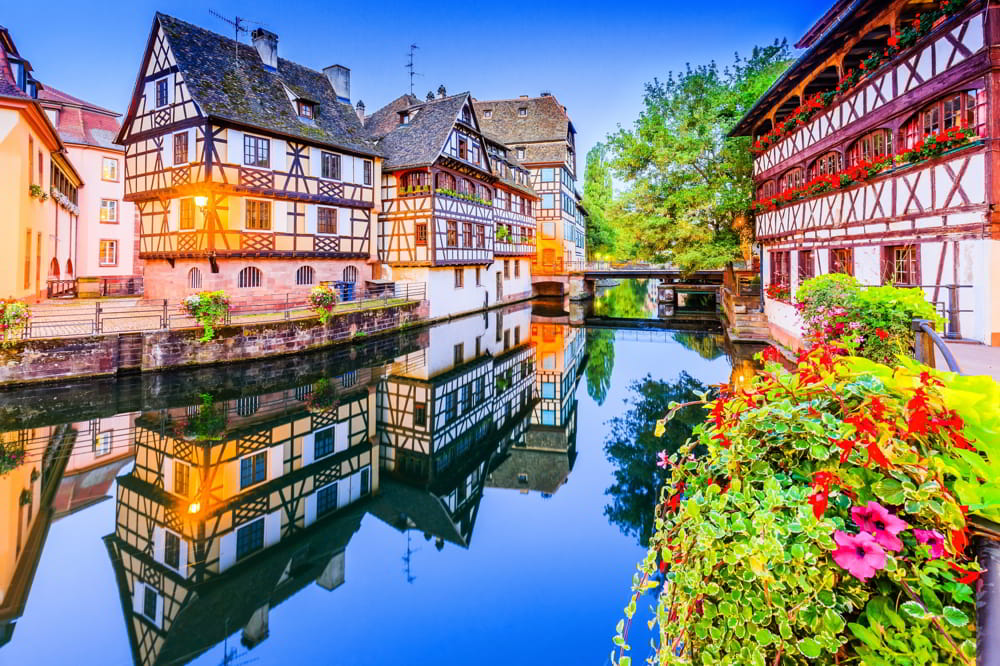
World-class wines from Bourgogne-Franche-Comté are well known, particularly from Burgundy. With vineyard excursions, wine tastings, and chances to savor regional cuisine, the area is a wine lover’s dream come true. Savor classic delicacies like coq au vin and escargot while indulging in the renowned Burgundian wines.
The Jura Mountains, the Morvan Regional Natural Park, and the undulating vineyards of Burgundy are just a few of the varied landscapes found in Bourgogne-Franche-Comté. Those who love the outdoors can go hiking, biking, and enjoying the gorgeous countryside.
Explore charming communities with distinct personalities and charms, such as Pesmes, Ornans, and Vézelay. These more intimate locations offer a genuine glimpse into French country life.
1. Semur-en-Auxois
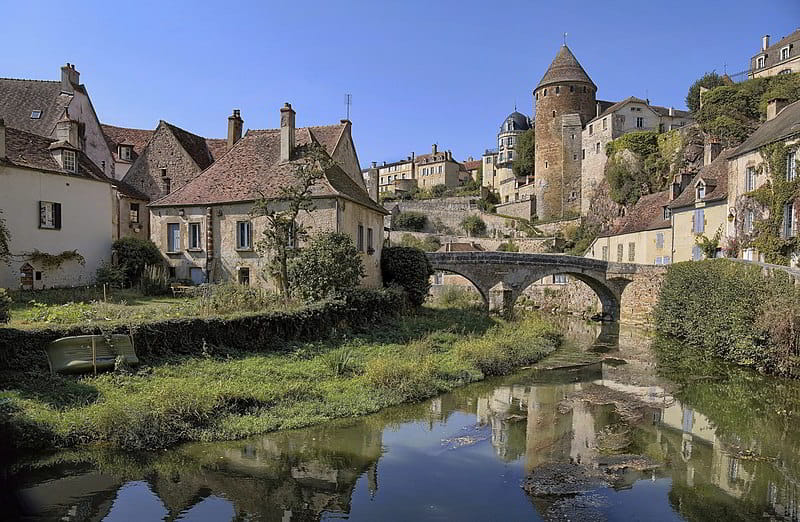
Meanwhile Semur-en-Auxois is a small charming medieval town in the Auxois area of Bourgogne -Franche Comté. Its great tourist attraction is also due to the facts that the historical architecture of this area has been preserved well, while its old streets and location on the left bank of Armançon River against mystery make it a charming place interesting.
Semur-en-Auxois Old Town: Walk through the stone blocks in the medico period of old aid, which has half-timbered houses and Medieval architecture. If you are around Caen , visit the Place de la Halle, a square situated in the center and featuring cafes and shops.
Semur-en-Auxois Collegiate Church of Notre-Dame: Gaze in wonder at the Collegiate Church of Notre-Dame, a magnificent imposing and gothic structure featuring spectacular stained glass windows that are adorned with exceptional marble sculptures. Climb the church to get a 360 degree view of the town and also see how parts of its surrounding countryside look like from above on top.
Semur-en-Auxois Fortifications: Go through the town’s medieval fortifications where people can see walls, towers, gates and ramparts. The Tour de l’Orle d’Or, cylindrical tower, is one of the outstanding attributes on elephant horn fortifications.
2. Noyers
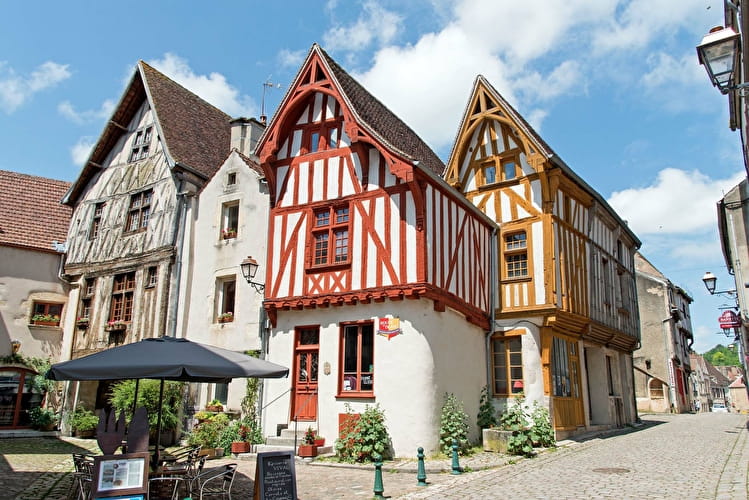
Noyers-sur-Serein is a pretty medieval French village which belongs to Yonne department where the region Bourgogne-Franche–Comté territory lays. It is known for its medieval architecture and preserved well which designated as one of the “Les Plus Beaux Villages de France” (The Most Beautiful Villages of France).
Old Town of Noyers: Stroll about the old city’s winding cobblestone alleyways, which are encircled by beautifully maintained half-timbered homes from the fifteenth and sixteenth centuries. Discover interesting squares like Place de l’Hôtel de Ville and Place de l. A. Petite Étape aux Vins.
Church of Saint-Médard: Take a tour of the Church of Saint-Médard, a magnificent Gothic church with gorgeous stained glass windows and a serene ambiance. The church is well-known for its sixteenth-century organ and wooden galleries.
Ramparts and Towers: Explore the medieval defenses, which feature several towers like the Tour de l’Horloge and the Tour Carrée as well as well-preserved ramparts. For sweeping views of the hamlet and the surrounding area, ascend to the top of the towers.
3. Bèze
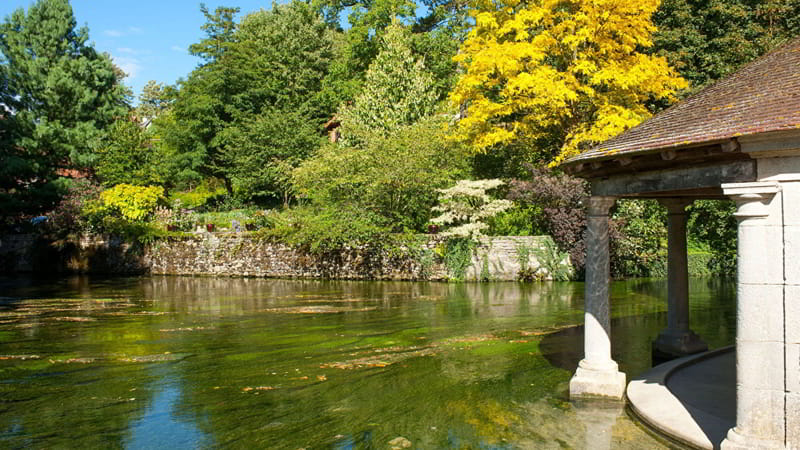
In the French province of Bourgogne-Franche-Comté, the Côte-d’Or department has the quaint village of Bèze. It is well-known for its historical landmarks, scenic surroundings, and natural beauty. Here are some tourist attractions and things to do in Bèze:
Bèze River and Grotto: Traverse the village’s waterway, the Bèze River. The river is well-known for its karstic spring source, which is a cave called the Grotte de Bèze.
See the cave’s magnificent waterfall and underground structures by visiting the Grotte de Bèze.
Investigate the Abbey of Bèze, also known as the Abbey of Saint-Pierre. The architectural style of this 7th-century medieval abbey is a blend of Gothic and Romanesque. Explore the abbey’s gardens and enjoy the tranquility.
Visit the historically notable medieval castle, Château de Bèze, for a visit. After being altered for centuries, the castle today combines elements of multiple architectural eras.
Explore the charming old town of Bèze, which is lined with historic structures, wooden cottages, and narrow lanes, on a leisurely stroll. Take in the beautiful homes that flank the main square, Place de l’Hôtel de Ville.
4. Vézelay

The village of Vézelay, which is in the Yonne department of Bourgogne-Franche-Comté, France, is well-known for its stunning Basilica of Sainte-Marie-Madeleine as well as its rich cultural legacy. The following are some of Vézelay’s tourist attractions and things to do: The principal point of interest in Vézelay is the Basilica of Sainte-Marie-Madeleine. Romanesque art and architecture at their finest can be found at this UNESCO World Heritage Site.
For centuries, the basilica has been a popular destination for pilgrims and is home to Mary Magdalene’s relics. Discover Vézelay Abbey, which consists of the basilica, the abbey church, and the buildings that are adjacent. In medieval ecclesiastical and cultural life, the abbey was vital. Explore the medieval-era narrow lanes of Vézelay Old Town to see beautifully maintained stone homes and quaint squares. Take in the picturesque views of the surrounding countryside by visiting the Place Saint-Pierre and the Place du Château.
Visit the wineries in the area and taste some Burgundy at a wine tasting in Vézelay. It is known for producing excellent white wines, particularly Chardonnay. Sample Burgundian cuisine, stop by one of the restaurants in Vézelay. Savor specialties like coq au vin, escargot, and regional cheeses. Don’t forget to pair your meal with a glass of local wine.
5. Saint-Sauveur-en-Puisaye
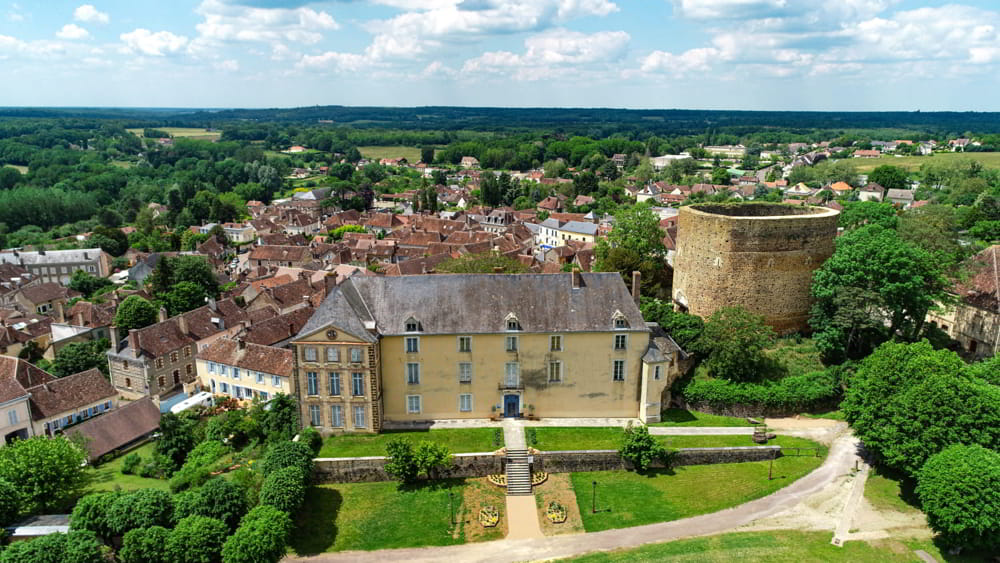
Puisaye’s Saint-Sauveur en It is well-known for both its beautiful rural setting and its connection to renowned French author Colette. The quaint village of Saint-Sauveur-en-Puisaye features classic French architecture. Explore its streets on foot, stop by the neighborhood stores, and take in the tranquil atmosphere of the countryside.
Visit the Colette Museum (Musée Colette), located in the childhood home of renowned French author Colette. Exhibits at the museum cover her life, her writings, and the local history. For people who value literature and cultural history, this place is a must-see.
Église Saint-André (Saint-André Church): See the historic Église Saint-André, a building with a fascinating past. The unique qualities and cultural significance of many French country churches make them notable.
Local Cuisine: Enjoy regional cuisine in cafes and restaurants. Local products are used to make regional cuisine, which is a common feature of restaurants in French communities. Ask the locals about the best places to try real food.
6. Semur-en-Brionnais
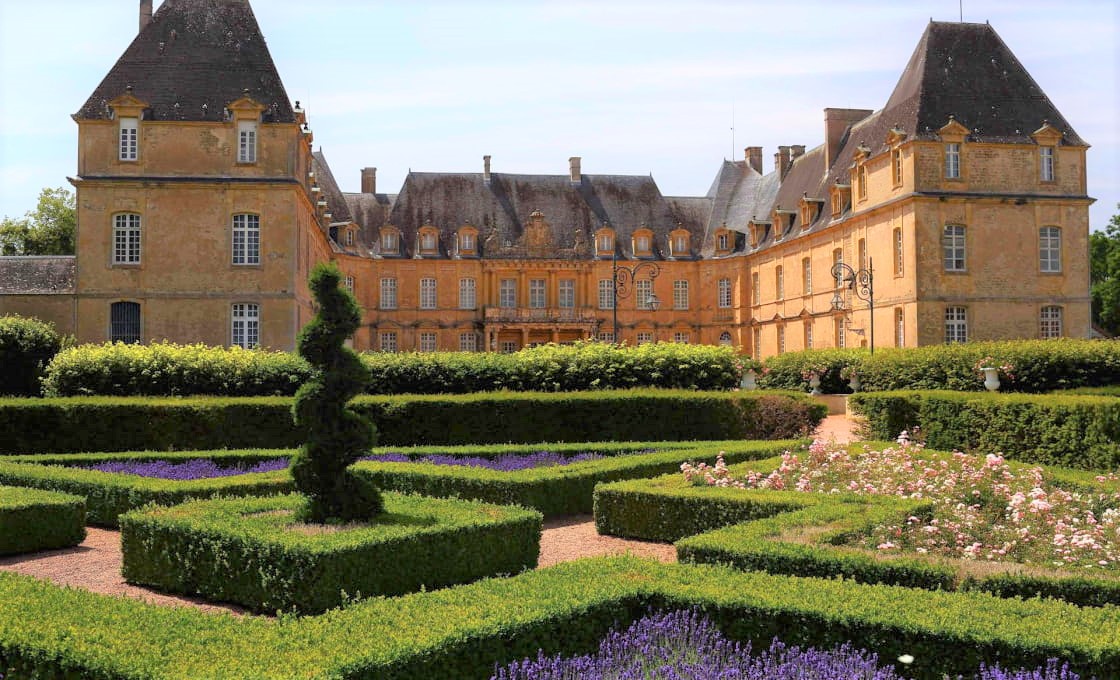
For those who want to take in the beauty of the Burgundian countryside, feel the serenity of rural France, and learn about medieval history, Semur-en-Brionnais is the perfect place to visit. In the French province of Bourgogne-Franche-Comté, the Saône-et-Loire department contains the charming village of Semur-en-Brionnais. Semur-en-Brionnais, renowned for its quaint medieval buildings and bucolic surroundings, provides tourists with a peaceful haven.
A variety of lodging choices are available in Semur-en-Brionnais, such as hotels, guesthouses, and bed-and-breakfasts. It’s wise to reserve your lodging in advance, particularly during the busiest travel seasons.
Principal points of interest are the Saint-Hilaire Church and the Château de Semur-en-Brionnais. When making travel plans, it is imperative to confirm the opening times and any seasonal closures.
Discover neighborhood eateries to enjoy authentic Burgundian fare. Situated in the Burgundy region, Semur-en-Brionnais is renowned for its mouthwatering cuisine, which includes goat cheese and Charolais beef.
7. Besançon

Besançon is a quaint city in the Bourgogne-Franche-Comté region of eastern France. Besançon, which is well-known for its rich history, cultural legacy, and beautiful surroundings, provides tourists with a great experience. Travelers find Besançon to be a desirable destination because of its unique combination of history, culture, and scenic beauty. During the season, the most popular destinations include:
Besançon Citadel: A UNESCO World Heritage Site, the Citadel has museums, a zoo, and a botanical garden in addition to offering sweeping city views.
Musée des Beaux-Arts et d’Archéologie: An outstanding collection of fine arts and archeological objects may be found at this museum. The magnificent Gothic St. John’s Cathedral (Cathédrale Saint-Jean) is a significant historical landmark.
8. Ornans
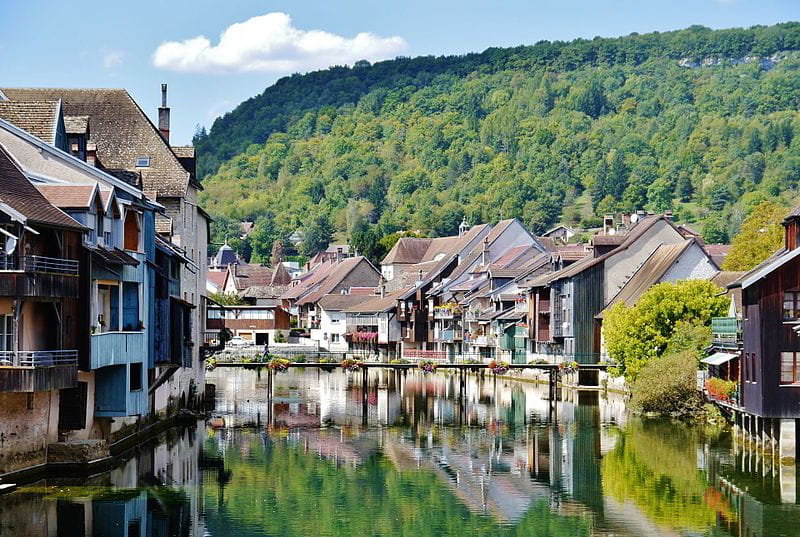
The charming town of Ornans is situated in the eastern French region of Bourgogne-Franche-Comté, specifically in the Doubs department. Known for its picturesque surroundings, storied architecture, and connection to renowned painter Gustave Courbet, Ornans is tucked away in a valley beside the Loue River.
Discovering the more sedate side of eastern France is a lovely experience for tourists who visit Ornans, which combines natural beauty, historical charm, and cultural legacy.
The well-known French realist painter Gustave Courbet was born in Ornans. The family house of Courbet is now a museum honoring his life and creations. Explore the museum’s collection of his works and discover more about his influence on the arts.
Take a stroll around the historic center of Ornans, which features quaint squares, medieval homes, and small lanes. One famous sight is the well-preserved medieval Pontarlier Gate.
In Ornans, sample some of the regional delicacies, including as smoked sausages, Comté cheese, and other local cuisine. Savor the tastes of Bourgogne-Franche-Comté by dining at neighborhood cafes and restaurants. The creative and craft traditions of Ornans are well-known. Look around the stores to find unique crafts, artwork, and mementos.
9. Pesmes

In the eastern French province of Bourgogne-Franche-Comté sits the little and quaint village of Pesmes. Pesmes, which is renowned for its exquisitely preserved medieval architecture, provides tourists with a tranquil haven.
Discover the well-preserved medieval architecture of Pesmes by meandering through its winding cobblestone streets. Historic structures, quaint squares, and half-timbered homes define the community.
Discover the 13th-century Château de Pesmes, a fascinating historical site. The outside and the grounds are worth a visit, even though they aren’t always accessible to the public. The Place des Promenades, the town plaza, is a major hub for activity. It’s a terrific spot to unwind, take in the village vibe, and sip coffee from a neighborhood café.
10. Dijon
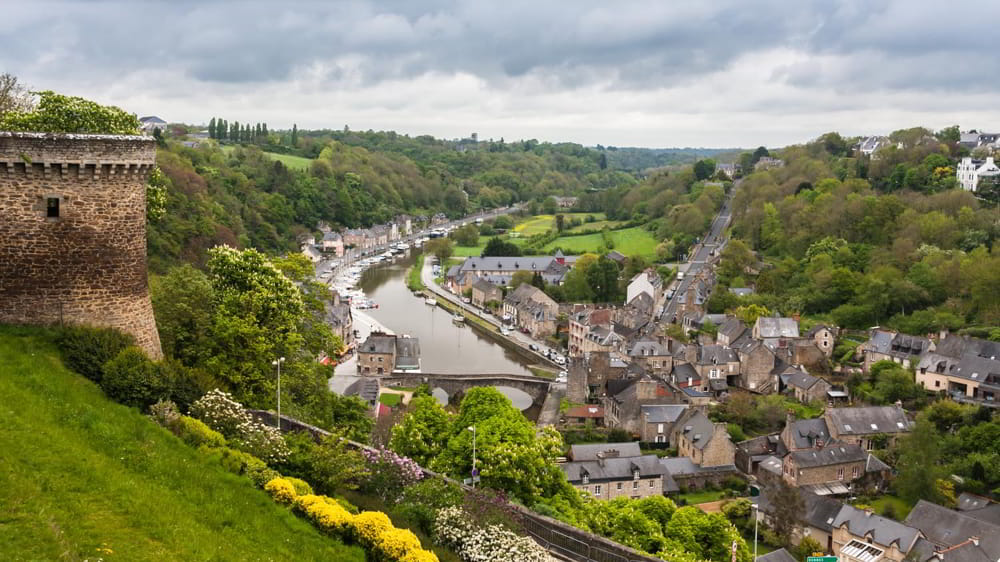
Dijon is a fascinating destination for tourists visiting the Burgundy region because of its unique combination of historical sites, cultural diversity, and delectable cuisine. The French province of Bourgogne-Franche-Comté is home to the capital of the Côte-d’Or department, Dijon, which is renowned for its culinary, rich history, and active cultural scene.
A magnificent example of Gothic architecture, the Palais des Ducs de Bourgogne (Palace of the Dukes of Burgundy) is a well-preserved landmark in Dijon. The Musée des Beaux-Arts (Fine Arts Museum) is one of the museums within the palace that visitors can explore to learn more about local history.
Place de la Libération (Liberation Square): The Palace of the Dukes of Burgundy is one of the exquisite structures encircling the central plaza. The neighborhood, with its vibrant ambiance and outdoor eateries, is a terrific site to start your city exploration.
The magnificent architecture, elaborate gargoyles, and exquisite stained glass windows of Notre-Dame de Dijon, a Gothic-style cathedral, are well-known features. 360-degree views of Dijon and its environs are available from the tower.
Located at the Palais des Ducs de Bourgogne, the Musée des Beaux-Arts (Fine Arts Museum) is home to an exceptional collection of European decorative arts, paintings, and sculptures that date from the Middle Ages to the 20th century.
11. Beaune

Over its 2000 years of existence, Beaune developed into an important hub for the wine and cloth trade as well as the temporary capital of the Dukes of Burgundy. One of France’s most important wine regions is Beaune. The capital of Burgundy, located in the Bourgogne-Franche-Comté region and Côte d’Or department, is Beaune.
Today, with its ramparts rounding off the city, the city shows a beautiful and charming face where charming homes mix with ancient half-timbering, the softness of Romanesque architecture, dormers brimming with weather vanes, and the multicolored roofs of the Hotel Dieu.
Ditches and moats have given way to squares and gardens, and towers now only protect a tranquil army of nectars from Beaune and the vinous coast, providing astounding protection for almost a century. For more information about this town please check this article Things to Do in Beaune (France)
12. Chalon-sur-Saône

Located along the banks of the Saône River, Chalon-sur-Saône is a quaint town in the Bourgogne-Franche-Comté region of eastern France. The following highlights and attractions make Chalon-sur-Saône a fantastic travel destination.
The breathtaking Gothic architecture of Cathédrale Saint-Vincent makes it an amazing building that is a must-see. Beautiful stained glass windows and elaborate sculptures may be found inside this 12th-century building.
The museum dedicated to the history of photography is called Musée Nicéphore Niépce, named for one of the pioneers of the field, Nicéphore Niépce. It holds an extensive archive of images, photos, and displays illustrating the development of this medium.
Saint-Vincent plaza is a terrific spot to unwind and take in the local vibe because it’s surrounded by cafes and stores. The Hôtel de Ville (Town Hall) and Saint-Vincent Church enhance the square’s architectural appeal. The Denon Museum, housed in the former Chalon-sur-Saône hospital, is home to an eclectic array of artwork and artifacts, including decorative arts, sculptures, and paintings. Burgundy Wine Tasting: The renowned Burgundy wine region is home to Chalon-sur-Saône. Savor some of the best Burgundy wines by exploring nearby vineyards and participating in wine tastings.
13. Auxerre
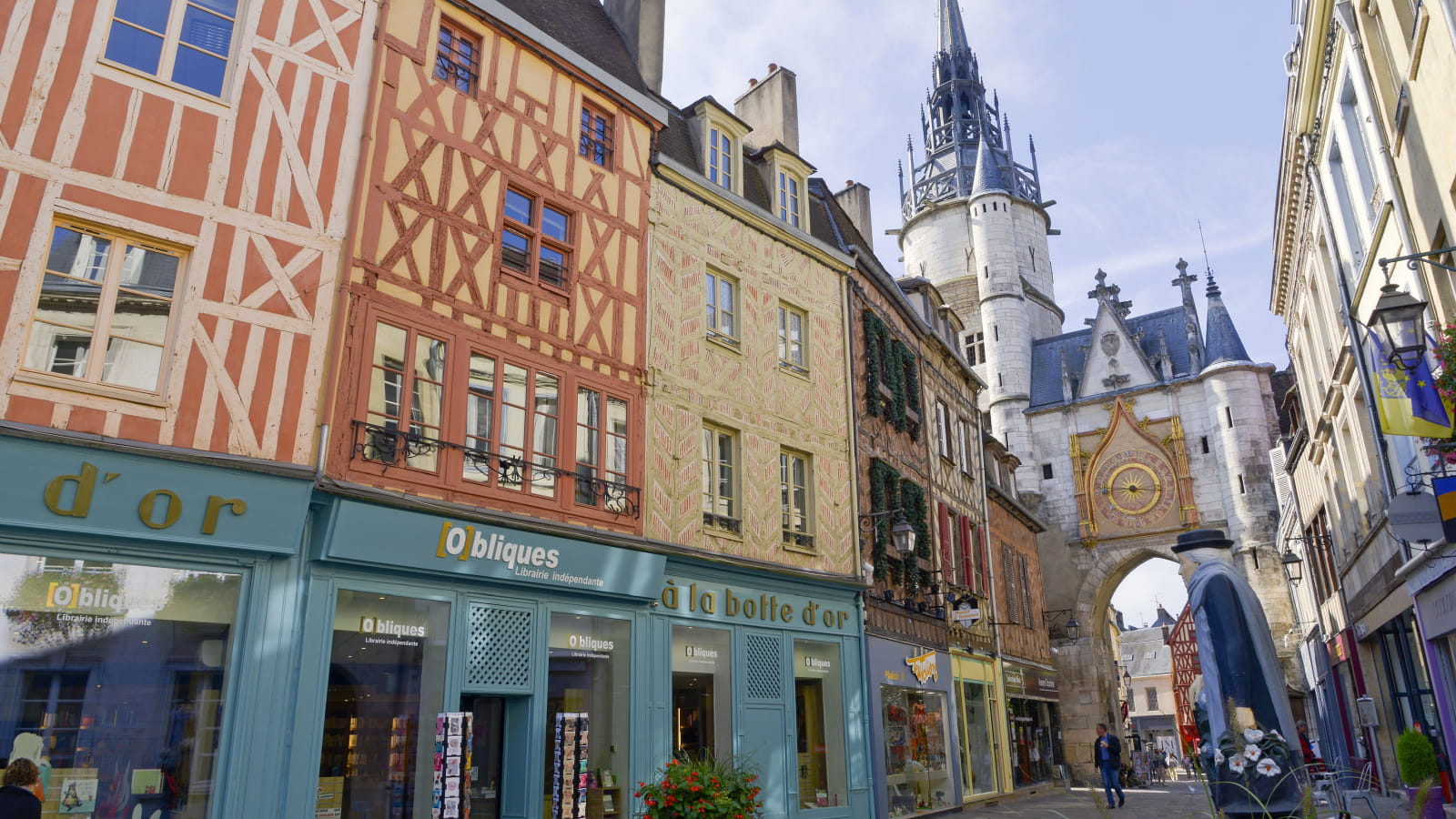
The Yonne department in the Bourgogne-Franche-Comté region of France has the quaint town of Auxerre. Due to its rich historical and cultural legacy, Auxerre is a well-liked travel destination. Explore the historic district and take in the striking examples of Renaissance and Medieval architecture. There are many stores, cafes, and old buildings lining the picturesque squares and streets.
Saint Stephen’s Cathedral, also known as Cathédrale Saint-Étienne, is a magnificent example of Gothic architecture. Its interior, with its stained glass windows and sculptures, is open for exploration by guests. In Auxerre, the cathedral is a noteworthy landmark.
Abbaye Saint-Germain, often known as Saint-Germain monastery, is a historic monastery with Gothic and Romanesque architectural features that dates to the ninth century. The location is steeped in history, and the abbey church boasts exquisite murals.
Auxerre’s famous landmark, the Clock Tower (Tour de l’Horloge), provides sweeping views of the town and surroundings. Reaching the summit offers a chance to observe the town’s design and building styles.
The Museum Leblanc-Duvernoy is devoted to the history of Auxerre and features antiquities, archeological discoveries, and other objects from the town’s past. It offers perceptions into the area’s cultural evolution.
14. Cluny
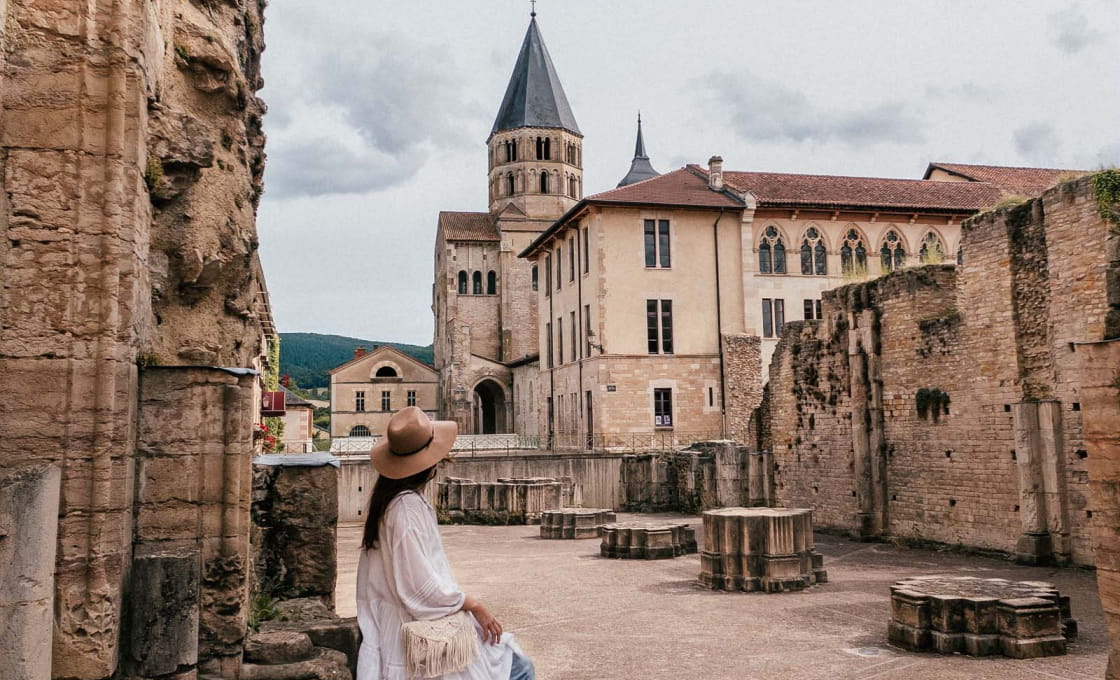
The town of Cluny, which is in the Bourgogne-Franche-Comté region of France, is well known for its extensive medieval past and is especially connected to the Cluny Abbey.
The Abbaye de Cluny, often known as the Cluny Abbey, was formerly the biggest church in Christendom until St. Peter’s Basilica in Rome was built. Today, guests are welcome to tour the abbey’s ruins, which include the striking narthex and the nearby museum. The Abbey, a UNESCO World Heritage monument, was vital to the spread of Christianity in medieval times.
The ancient tower known as Cluny’s Cheese Tower has a fascinating past. It currently has a display detailing the history of the town’s cheese market and its well-known cheeses.
Explore the ancient heart of Cluny’s beautiful streets, which are lined with cafes, small boutiques, and traditional buildings.
Visit the nearby markets to taste locally grown cheeses, wines, and veggies.The markets offer a chance to sample regional cuisine and socialize with the welcoming locals. Find out whether there are any festivals or cultural events scheduled for the time you are visiting.
Cluny frequently organizes celebrations of its heritage, artists, and customs.
